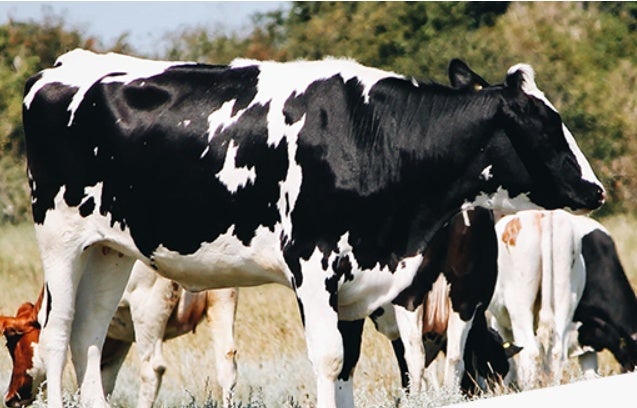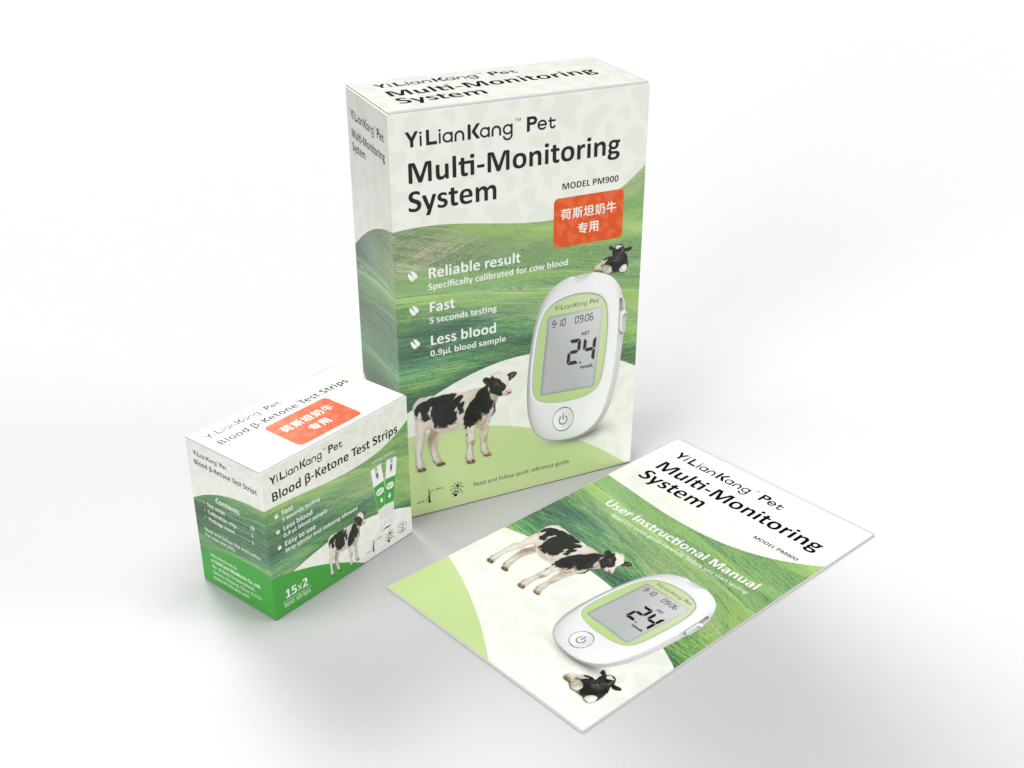Ketosis in cows arises when there is an excessive energy deficit during the initial phase of lactation. The cow depletes its body reserves, leading to the release of harmful ketones. The purpose of this page is to enhance comprehension of the difficulties faced by dairy farmers in managing ketosis.
What is ketosis?
Dairy cows allocate the majority of their energy towards milk production. To sustain this, cows require a substantial amount of feed. Following calving, rapid initiation of milk production is crucial. Genetically inclined to prioritize milk production, cows may compromise their own energy and health. In cases where the provided energy in the diet falls short, cows resort to depleting their body reserves. Excessive fat mobilization can lead to the appearance of ketone bodies. When these reserves are exhausted, ketones are released into the bloodstream. While limited ketone presence is not problematic, elevated concentrations, known as ketosis, can manifest, resulting in reduced activity and compromised performance in the cow.
Symptoms of Ketosis
The manifestations of ketosis occasionally mirror those of subclinical milk fever. Affected cows exhibit sluggishness, reduced appetite, diminished milk production, and a substantial decline in fertility. An acetone odor in the cow’s breath may be evident, a result of released ketones. The challenge lies in the fact that these symptoms can be overt (clinical ketosis) or nearly imperceptible (subclinical ketosis).
Causes of Ketosis in Cows
Following calving, cows experience a sudden surge in energy requirements, necessitating a proportional increase in feed intake. Substantial energy is vital for initiating and sustaining milk production. In the absence of sufficient dietary energy, cows begin utilizing their body fat reserves, releasing ketones into the bloodstream. When the concentration of these toxins surpasses a critical threshold, the cow enters a ketonic state.
Consequences of Ketosis
Cows afflicted by ketosis exhibit reduced appetite, and the consumption of their own body reserves further suppresses their appetite, setting off a detrimental cycle of negative effects.
Excessive mobilization of body fat can exceed the liver’s capacity to process it, leading to fat accumulation in the liver—a condition known as ‘fatty liver.’ This impairs liver function and may result in permanent liver damage.
As a result, the cow’s fertility diminishes, and susceptibility to various diseases increases. Cows suffering from ketosis require additional attention and potentially veterinary treatment to address the adverse impacts on their health.
How YILIANKANG® Pet Blood Ketone Multi-Monitoring System can help?
Evaluating blood ß-hydroxybutyrate (BHBA) levels is regarded as the gold standard approach for ketosis testing in dairy cows. The YILIANKANG® Pet Blood Ketone Multi-Monitoring System and Strips are precisely calibrated for bovine blood, making them well-suited for the accurate measurement of BHBA in whole blood.
Product page: https://www.e-linkcare.com/yiliankang-pet-blood-ketone-multi-monitoring-system-and-strips-product/
Post time: Nov-14-2023




